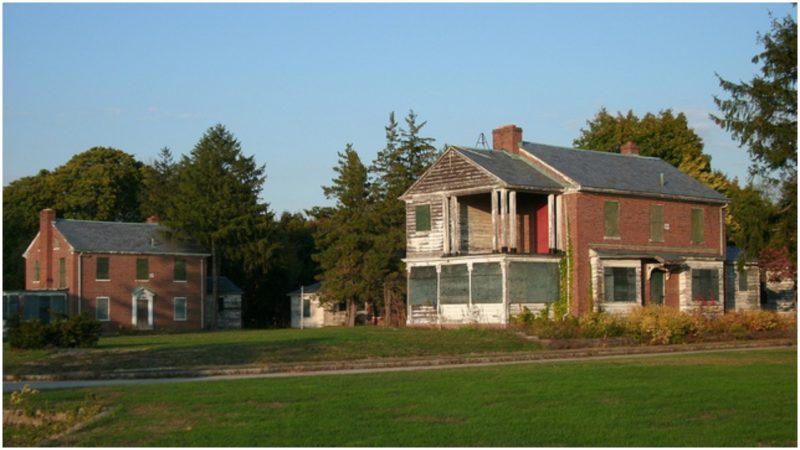This former psychiatric hospital, run by the State of New York was considered revolutionary at the time. Now it’s perceived by many as a place where nightmares are made of.
The atrocities and practices that were committed to patients today are considered inhumane and illegal. They were one of the first and earliest mental institutions that approved and embraced shock therapy and lobotomy methods, which was what eventually lead to their downfall.
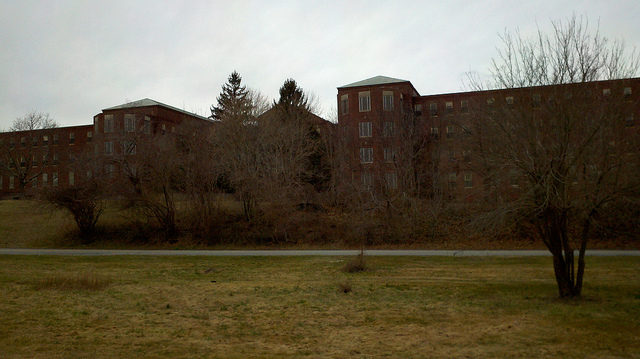
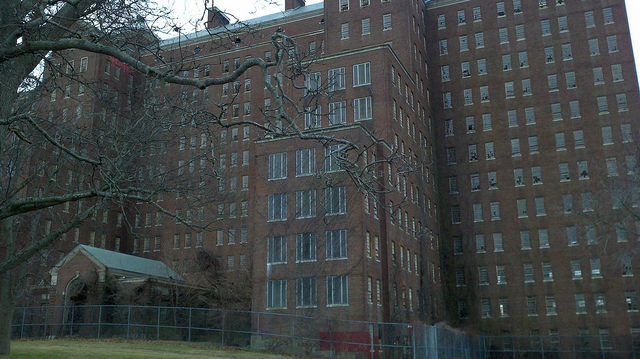
It was established in 1885 by the city of Brooklyn, and in the first 10 years of its existence, it ran by the name Kings County Asylum. The Asylum followed the “farm colony” model, quite popular then as a form of therapy.
The purpose of forming this kind of a self-sufficient community was an attempt for Brooklyn to avoid the high rise asylum model which was already viewed as inhumane and was meant to mitigate the overcrowding that was present in their asylums.
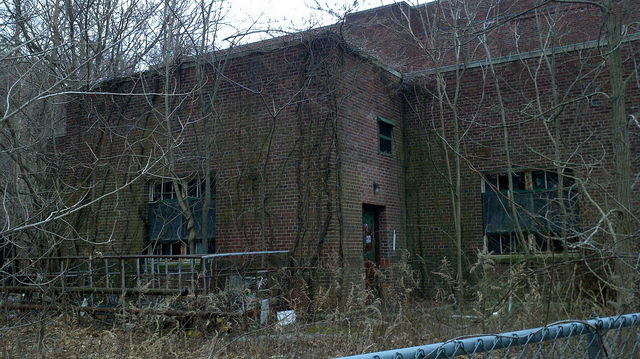
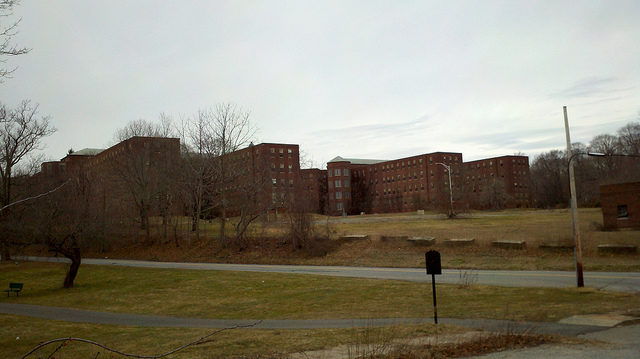
Composed of a group of cottages, the residents of the Kings County Asylum worked different kinds of farm-related activities, such as growing food, raising crops and feeding livestock. But, eventually, by 1895, Kings County started suffering by the same thing that was trying to avoid – overcrowding. The State of New York quickly responded by assuming control of the asylum and renamed it The Kings Park Psychiatric Center.
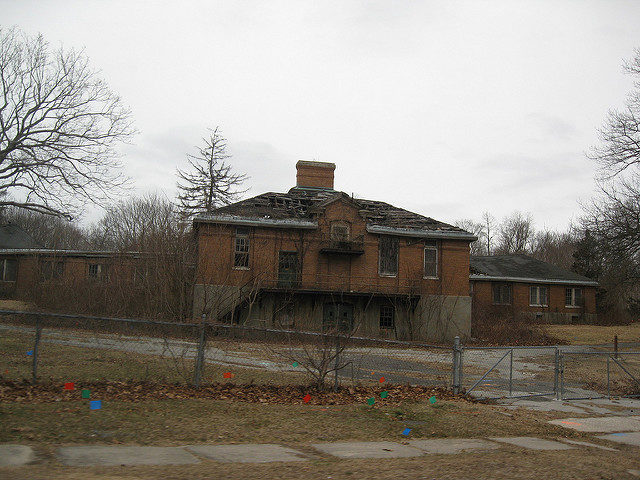
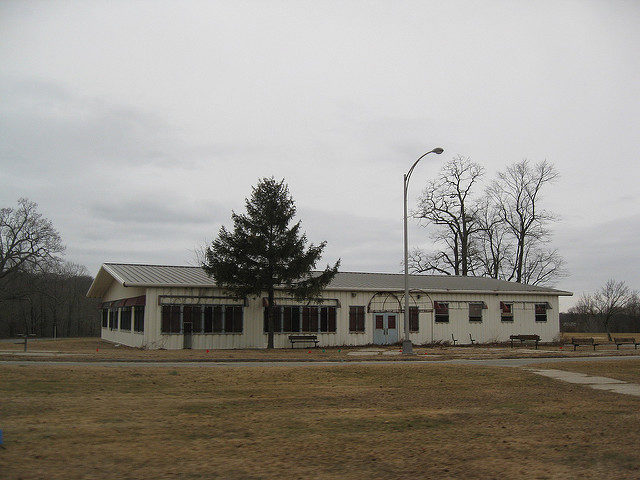
They’ve made the hospital into a self-sufficient community, that generated its own heat and electricity besides food. The hospital continued to expand, as the population grew, but when New York entered into the 1930s the population and the demand skyrocketed.In 1939, the state decided that they needed to expand the facility. During this period, the now infamous 13-story Building 93 was built.
The building, designed by state architect William E. Haugaard was deemed as “the most famous asylum building on Long Island”. It worked as an infirmary for all the decrepit patients and patients with chronic physical conditions.
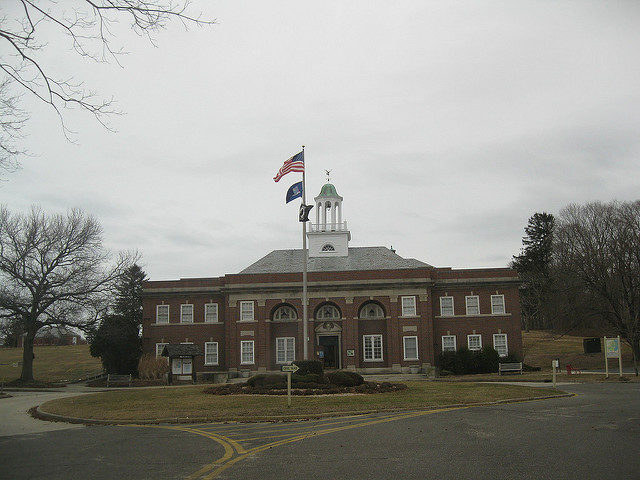
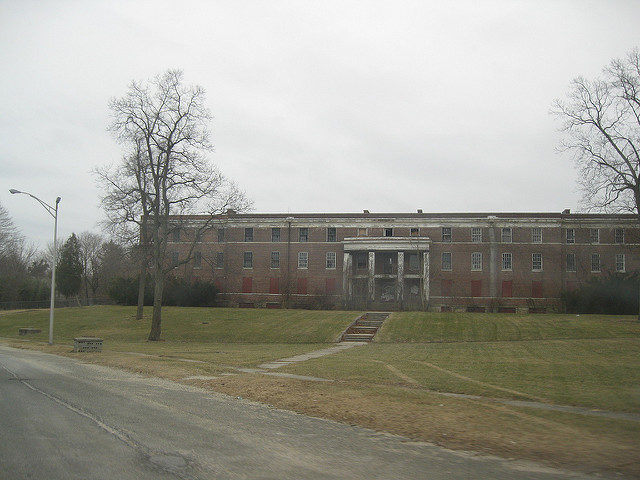
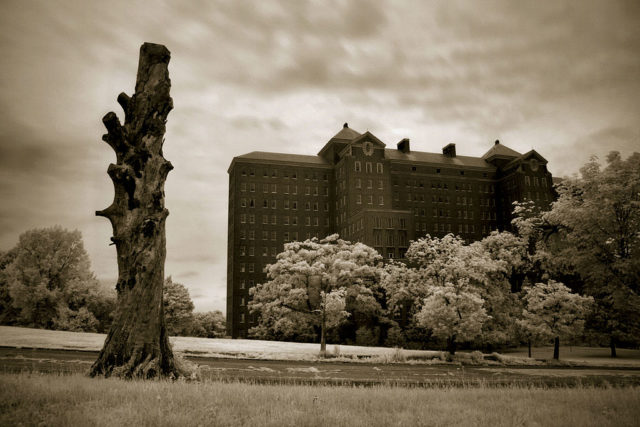
After the second World War, the number of patients in Kings Park reached its peak, counting over 9,oo0 patients in 1954. By that time the entire complex counted over 100 buildings, including hospitals, recreational facilities, fire stations, staff housing and power plants. it resembled more like a small town than a psychiatric institution.
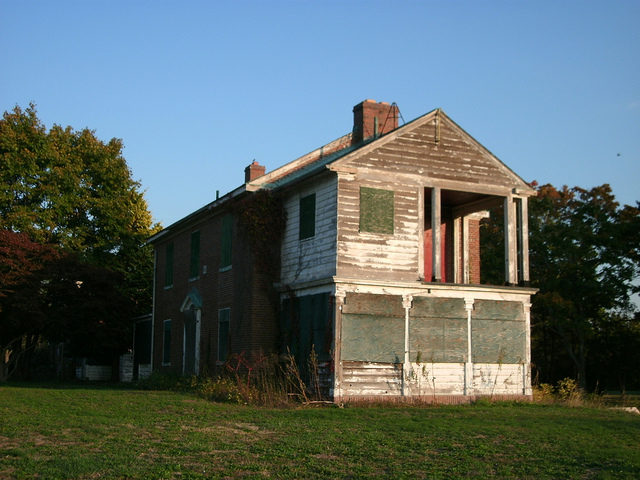
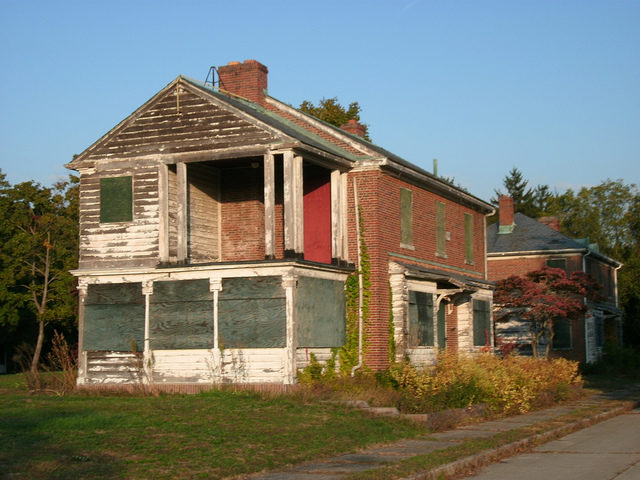
It was during this time when they adopted new techniques and therapies and begun using electro-shock therapies and prefrontal lobotomies on patients. They were seen as groundbreaking and effective tools and the doctors used them for managing the extremely disturbed patients.
However, after 1955, following the introduction of Thorazine, which is considered the first effective and widely used antipsychotic medication in the treatment of mental illness, those methods were discarded. The medication made it possible for the patients to live outside of the mental institution and the patient population in Kings Park was slowly declining.
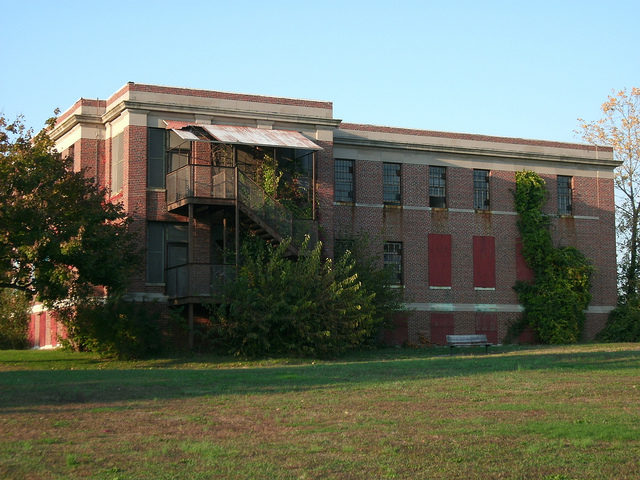
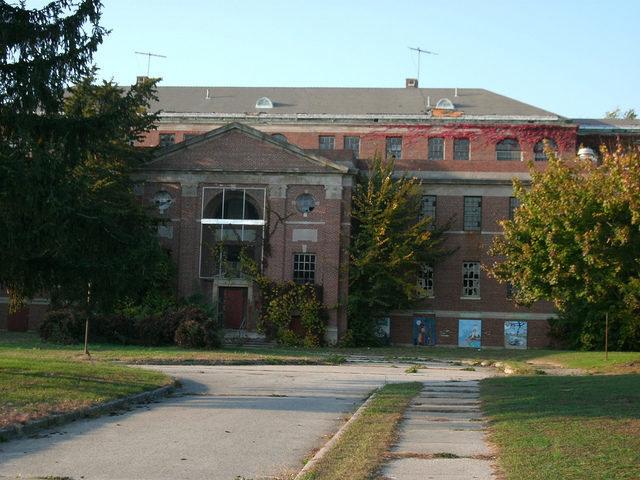
By the time the 1990s came, the number was drastically reduced and many buildings were shut down. Many patients were deinstitutionalized, but because of a shortage of small community centers, many of them had a difficulty of dealing with the surroundings and were either caught up or retained in jails.
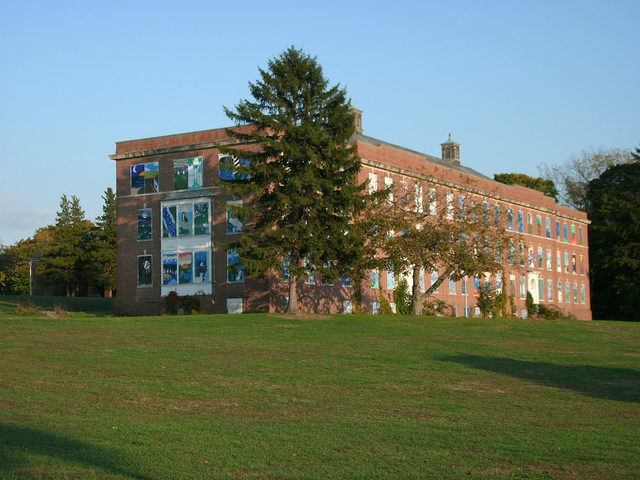
Finally, in the fall of 1996, Kings Park Psychiatric Center was closed, ending its 111-year run. It became a state park, partly because nobody knew what else to do with it.
Today, covered in vines, the decaying Kings Park hospital stands as a testament to a bygone era and a constant reminder of the most grotesque treatment methods that took place there.
